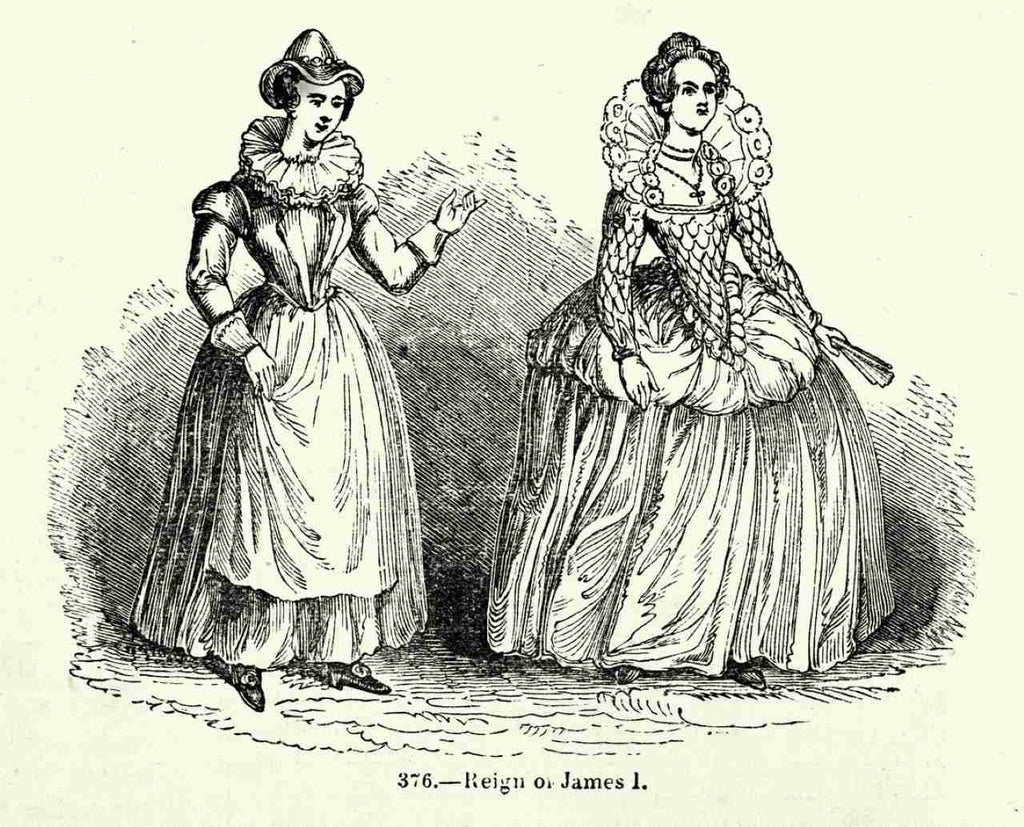Your Cart is Empty

In European history, the Renaissance period stands out for its profound impact on art, culture, and fashion. This era, spanning from the 14th to the 17th century, was a time of rebirth and transformation, which was vividly reflected in the attire of the day, particularly in women's undergarments; these foundational pieces weren’t merely functional, but were imbued with cultural, social, and aesthetic significance. So if you're fascinated by how historical fashion influences modern styles, especially when it comes to achieving curvy elegance in a Renaissance dress, you'll find this exploration into the design and significance of Renaissance undergarments both enlightening and inspiring. So let’s dive in!
The Renaissance was a period of awakening, where every aspect of society was infused with a new zest for knowledge and beauty; this cultural shift was mirrored in the clothing of the time, with women's undergarments being a fundamental aspect of the era's fashion evolution. As we mentioned, these pieces weren't just about modesty or support; but were a reflection of status, wealth, and personal identity.
When you delve into the design elements of Renaissance undergarments, you discover a world where functionality meets artistry; the garments were intricately designed with an eye for detail, ensuring they served their purpose while enhancing the wearer's figure. From chemises to corsets, each piece played a crucial role in shaping the silhouette that was fashionable during the Renaissance.
The choice of materials for Renaissance undergarments varied significantly with social standing and wealth; luxurious silks and fine linens were reserved for the upper echelons of society, while the lower classes made do with coarser fabrics. Despite these differences, all materials were chosen with an emphasis on durability, comfort, and, for those who could afford it, opulence.
The construction of Renaissance undergarments was a labor-intensive process that required precision and skill; tailors and seamstresses employed various techniques to create garments that were both functional and flattering, and this period saw the rise of tailoring as an art form, with undergarments being custom-fitted to accentuate the body's natural curves while adhering to the stylistic norms of the time.

The corset is perhaps the most iconic of all Renaissance undergarments, playing a pivotal role in shaping the female silhouette. These weren’t the restrictive garments of later periods but were designed to support and enhance the body's natural form - it’s fair to say that the hourglass figure was the body standard at the time! And if you're interested in how medieval women would go about wearing a Renaissance corset correctly, it's all about understanding the historical context and design principles that informed its original use.
Beyond their aesthetic appeal, Renaissance undergarments were highly practical; they provided the necessary support for the outer garments, ensuring that the elaborate dresses of the period draped beautifully. Moreover, these undergarments played a vital role in personal hygiene and comfort, protecting the outer layers from wear and tear and the body from the elements.
The undergarments worn by women during the Renaissance were also laden with social implications; they were markers of social status, indicators of modesty, and tools for conforming to or challenging the beauty standards of the time. The complexity and richness of these garments underscore the intricate relationship between fashion, society, and personal identity in the Renaissance, one that continues to endure to this day.
Today, the allure of Renaissance undergarments lives on, with modern interpretations that blend historical accuracy with contemporary flair. Whether through reenactment, fashion design, or personal style, the revival of these garments speaks to their timeless beauty and the ongoing fascination with the Renaissance period.
Ultimately, exploring the world of Renaissance undergarments reveals much about the era's cultural and social landscapes, as well as the enduring power of fashion as a form of expression. So, if you're drawn to the elegance and complexity of Renaissance fashion, incorporating these historical design principles into your wardrobe can add depth and sophistication to your personal style. And if you’re looking for authentic, realistic Renaissance gowns - either for your own cosplay fun or your next Ren faire - make sure to check out our collection.
Renaissance undergarments introduced more structured designs, such as corsets and stays, which were aimed at enhancing the body's silhouette. This marked a departure from the looser, more flowing undergarments of earlier periods.
Silk and linen were prized for their comfort, durability, and aesthetic appeal, although while silk was most used by the nobility for its luxury, while linen was favored for its breathability and practicality by the wider population.